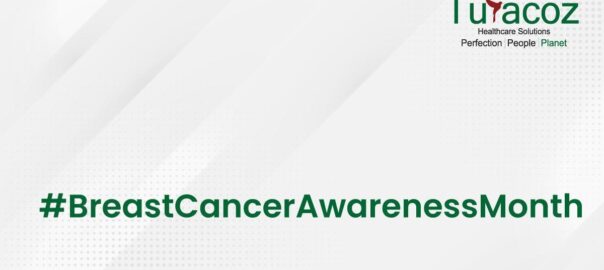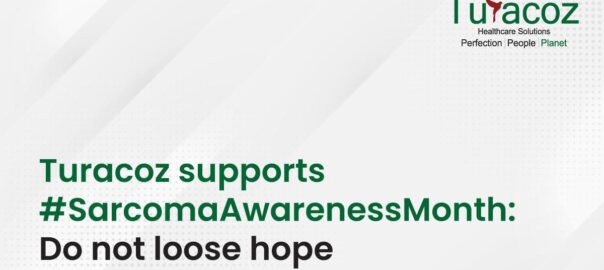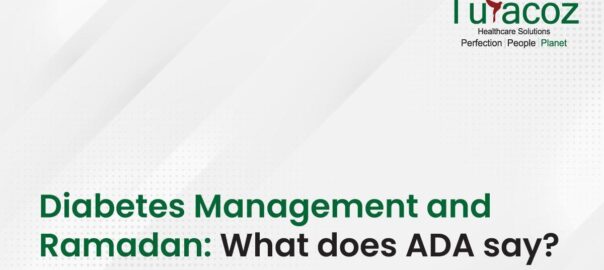Sarcomas are the tumors originating from mesenchyme and contribute to about 20% of all pediatric solid malignant cancers and less than 1% of all adult solid malignant cancers. Sarcoma develops in connective tissue-cells that connect or support other types of tissue in the body. These forms of tumor are most common in normal connective tissues of bones, muscles, tendons, cartilage, nerves, fat, blood vessels of arms and legs, but they can occur anywhere.
What is Sarcoma awareness month?
The majority of patients present in advanced stage of diseases mainly due to ignorance of disease as well as apprehension and fear of surgery. The economic constraints also delay the detection and management. The awareness for the disease is far less and hence the importance of July as the ‘Sarcoma awareness month’, giving a right opportunity to learn more about the disease, spreading awareness to everyone and making difference in lives of patients fighting sarcoma.
Types of Sarcomas
Though sarcomas are more than 50 types, they can be classified into two main kinds: soft tissue sarcoma and bone sarcoma or osteosarcoma. The sarcomas are further sub-classified into based on type of presumed cell of origin found in the tumor. All of these types have certain microscopic characteristics and similar symptoms.
Who is affected?
Sarcomas develop in both children and adults. In children of less than 20 years of age, 15% (approximately) of diagnosed cancer are sarcomas. In adults, about 1 out of 100 adult cancer cases are soft tissue sarcomas. Osteosarcomas are still rare. Treatment of sarcomas is by surgery for tumor removal.
Risk factors
- Most sarcomas have no known cause. Following factors can contribute to risk factors for developing sarcomas:
- Previous radiation therapy for cancer.
- Genetic disorder such as neurofibromatosis type I, Gardner syndrome, Werner syndrome, nevoid basal cell carcinoma syndrome, tuberous sclerosis, Li-Fraumeni syndrome or retinoblastoma.
- Exposure to chemicals such as vinyl chloride monomer used for making plastics.
Symptoms
There may be no signs and symptoms initially or these symptoms may be caused by medical condition, which is not cancer. Soft tissue sarcomas are usually hard to be spot as they grow anywhere in the body.
First signs of sarcoma in an arm, leg, or torso could be painless lump or swelling. These lumps may get bigger as time progresses and might press against nerve or muscles making one uncomfortable or give breathing trouble or both. Unfortunately, there are no tests that can detect these tumors before symptoms occur.
Most often lumps may not be sarcomas and soft-tissue lumps are lipomas, which are made of fat cells and not cancerous. Sarcomas in abdomen may not have any symptoms, or may cause pain or give sense of fullness.
Symptoms or osteosarcoma are more evident, including:
- On and off pain in the affected bone, that may be worse at night.
- Swelling that often starts weeks after the pain.
- Limp, if sarcoma is present in the leg.
Diagnosis
Biopsy: is the only way to find for certain if tumor is a sarcoma.
If biopsy is not possible, other tests may be suggested that can be useful for diagnosis. Imaging tests can be used to find out if cancer has metastasized.
Before choosing diagnostic test following factors may be considered:
- Age and medical condition
- Type of cancer suspected
- Severity of symptoms
- Earlier test results
Imaging tests used before or after biopsy for determining location and extent of tumor includes:
- Ultrasound
- Chest X-ray
- CT or CAT (computed axial tomography)
- MRI (magnetic resonance imaging) scans
- PET (positron emission tomography) scans
- Bone scan – for osteosarcoma
Treatments
If sarcoma is diagnosed, treatment may depend of several factors that include:
- Location and type of sarcoma.
- Spread of cancer.
- Impact on body.
- Health in general.
Depending on above parameters, treatment for sarcoma is customized as per the needs and may include one or more of the following:
Surgery: is done to remove tumor out of the body. In osteosarcoma, only cancer cells can be removed and arm or leg won’t be amputed.
Chemotherapy: may be used as main treatment of sarcoma or with surgery or radiation. Combination of two or more chemotherapy drugs may be used. In some cases, limb profusion, a special way for giving more focused dose of chemotherapy may be done.
Radiation Therapy: not used as main sarcoma treatment, but can be used before surgery for shrinking the tumor or after surgery for destroying remaining cancer cells.
Proton Therapy: gives high doses of radiation directly to tumor site and spares nearby healthy tissue and vital organs.
Post-Treatment plan
Talking with health care provider is essential to develop a follow-up care plan. The plan may include:
- Regular physical examinations and/or medical tests to monitor the recovery and possible tumor recurrence if any.
- Learning ways to prevent or manage side effects, if undergone radiation therapy for treating sarcomas where region of the body may be at risk for limb swelling (lymphedema), fracture of the thigh or leg bones, poor joint mobility and hardness of the soft tissues (fibrosis).
- Rehabilitation program (such as range-of-motion exercises, strengthening exercises, and lymphedema reduction exercise) post surgery or radiation therapy for regaining or maintaining limb function.
Turacoz Healthcare Solutions takes steps in creating awareness and communicating to the society information on disease-diagnosis, prevention, management and complications because we believe in
You may never know what results come from your action, but it you do nothing there will be no results.








